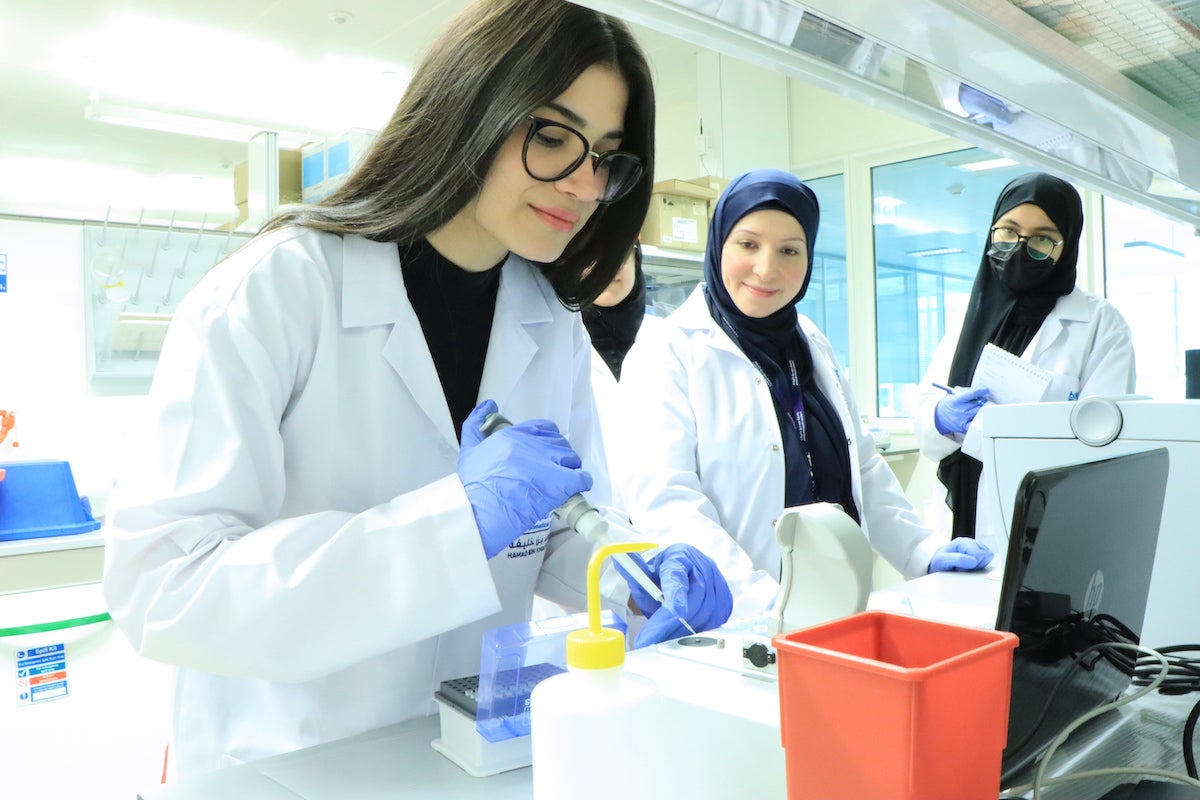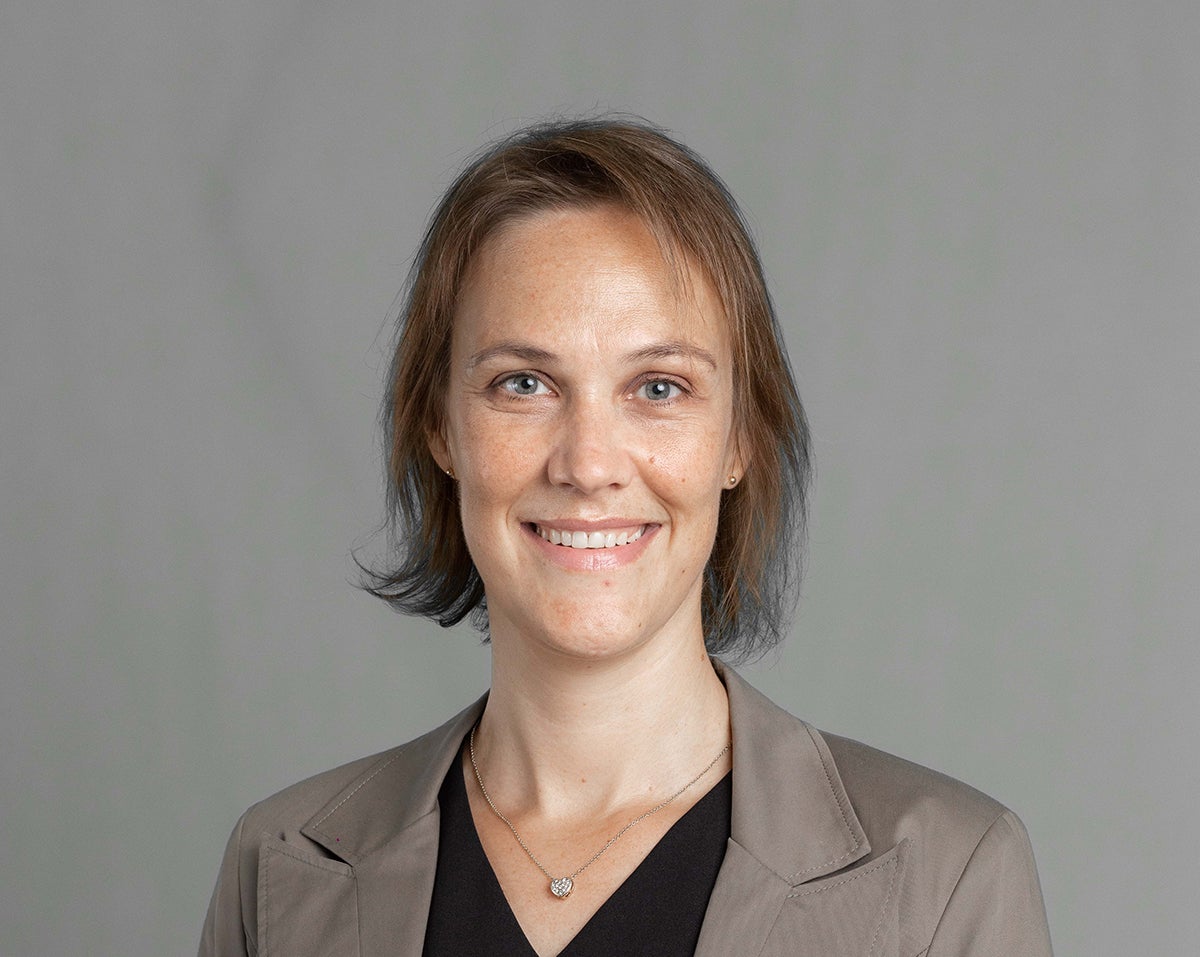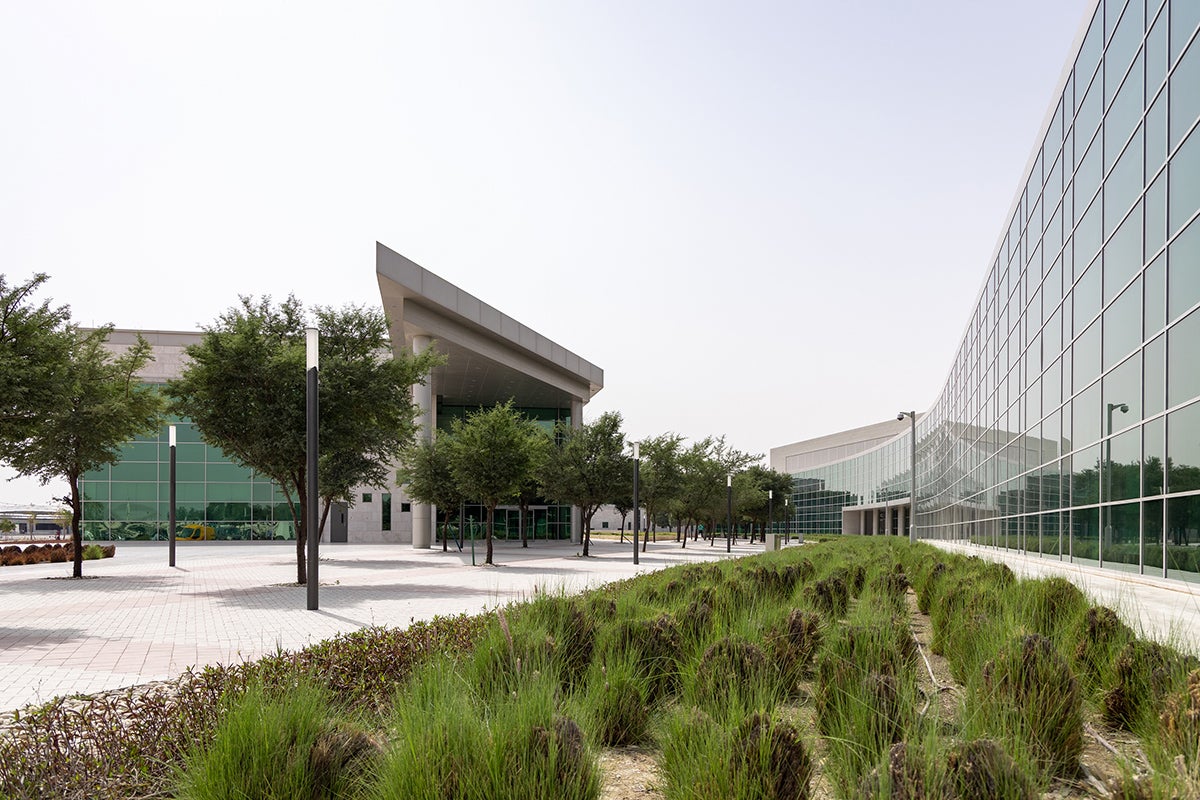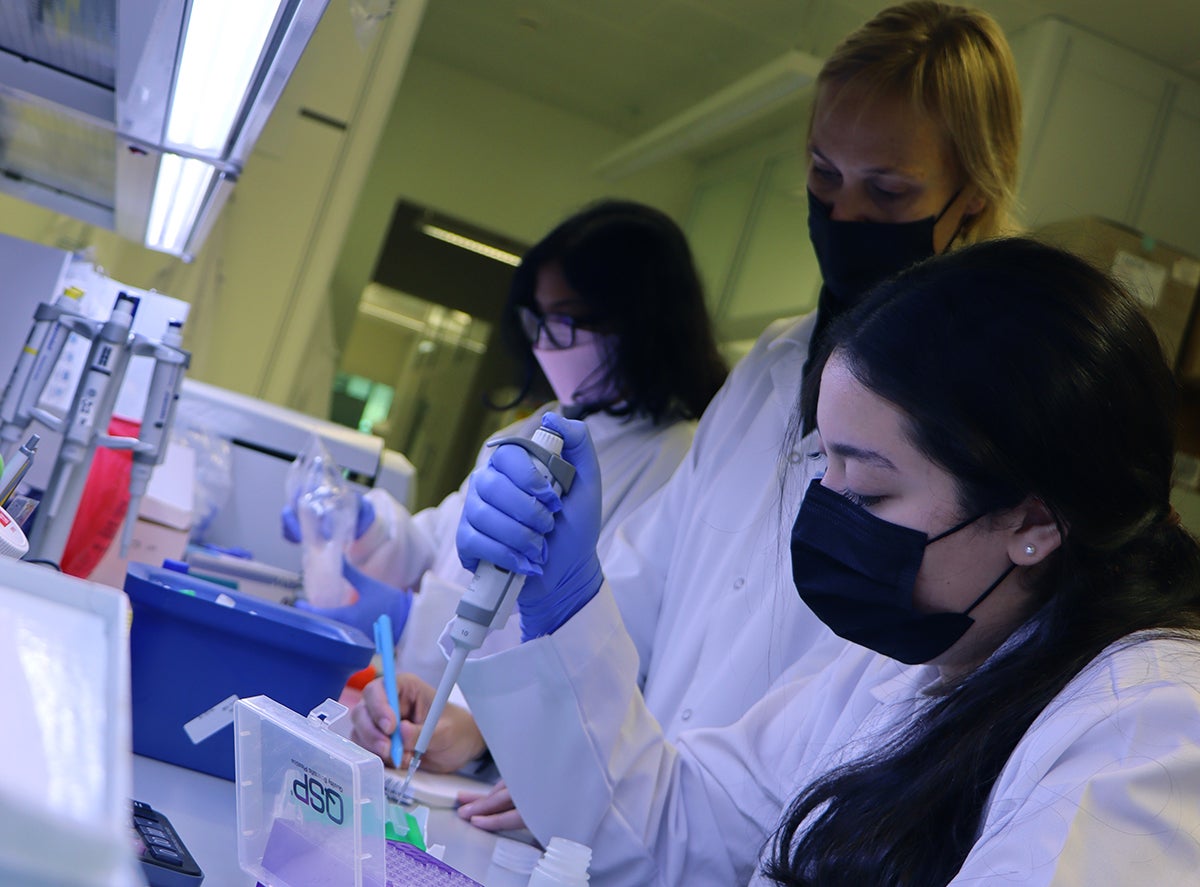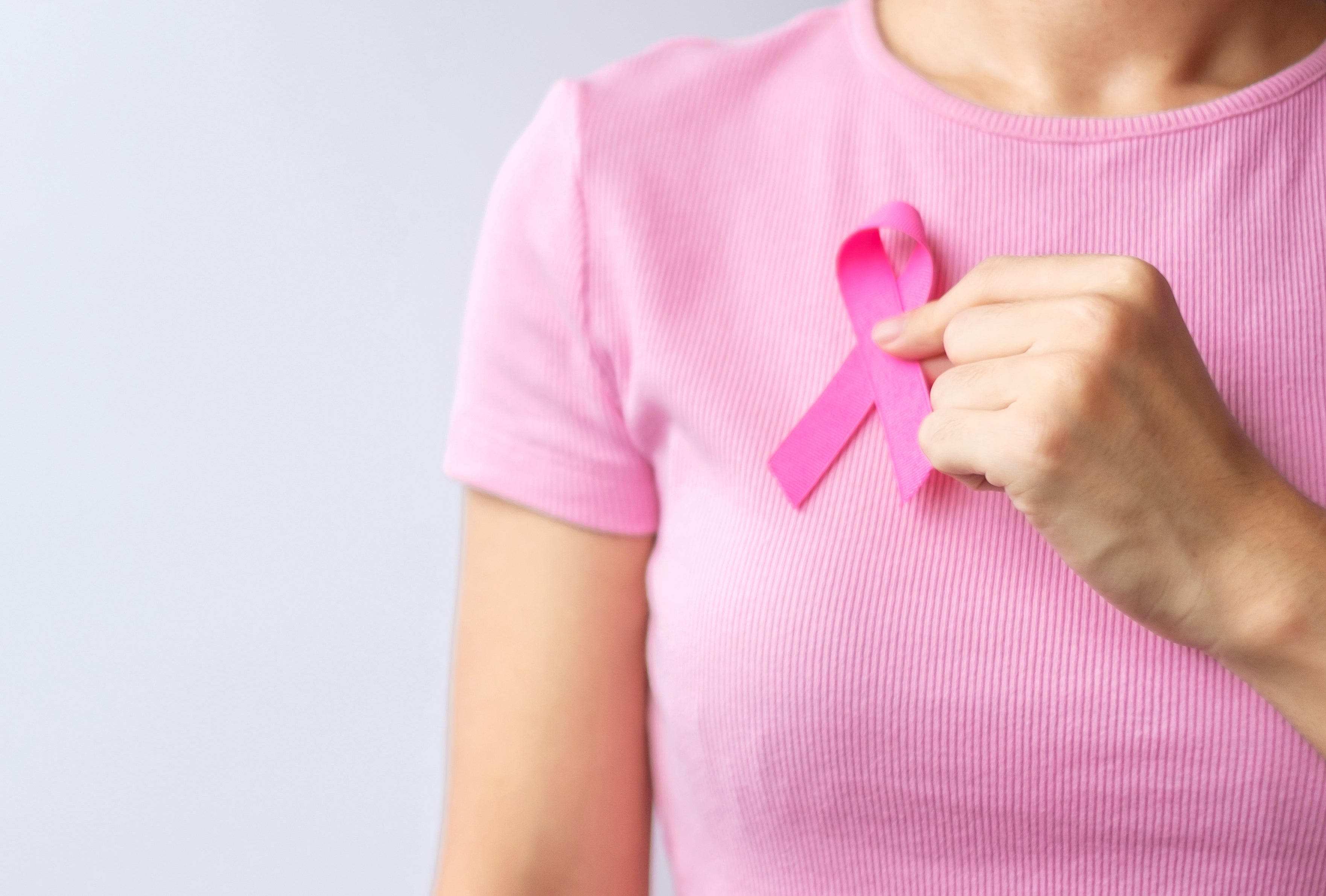
Think Pink - Together We Can Make a Difference
In this edition of the QBRI insights, we cover some basic background on breast cancer, the importance of awareness, and the need for continued research efforts and patient participation for better-personalized medical care. We also hear the story and perspective from a remarkable woman, who beat cancer not once, but twice.
If you noticed a wave of pink during October, rest assured, there is nothing wrong with your eyes. Apart from looking pretty, it is an important annual reminder of a remarkable worldwide initiative in directing focus on breast cancer awareness. One in eight women are likely to be diagnosed with breast cancer in their lifetime, as well as around one in 800 men (Figure 1) [1]. Every 13 minutes, a woman dies from breast cancer, and in 2020 there were 685,000 deaths from breast cancer globally [2]. This highlights the necessity in continuing research efforts, to better understand cancer etiology, develop novel therapeutic strategies, and to stratify breast cancer patients for personalized patient care and maximized treatment benefits.

Figure 1. Breast cancer prevalence according to gender.
Breast cancer research has impacted millions of women and men worldwide. Fortunately, due to the advances in cancer research, a diagnosis no longer means a death sentence; rather, it means you are beginning a new journey in life, where your true inner warrior will be unleashed. Looking at the bright side, survival rates continue to rise, and women are living longer after beating the disease. According to the American Cancer Society, when breast cancer is detected early, and is in the localized stage, the five-year relative survival rate is 99%. Despite the great leaps in successful research in early diagnosis and treatment, there still remain many questions to be answered for better patient outcomes.
Not all breast cancers are the same
Breast cancer is a heterogeneous disease, meaning that not all breast cancers are the same and there is not one single factor determining why some people develop it and others don’t. Only around 10-15% of all cases are hereditary, with mutations in the BRCA1 and/or BRCA2 genes being the most common driver causing cells to divide rapidly and irregularly, failing to repair damaged DNA [3]. The majority of breast cancer cases occur sporadically, and patients can be categorized according to their breast cancer subtype, depending on various clinical, radiological, immunohistopathological and molecular criteria.
It is therefore essential to understand these subtypes and their characteristics, as this will determine the mode of therapy. Although numerous breast cancer classifications have been described, the most commonly used categorization identifies five main subtypes of breast cancer (Figure 2) [4, 5].
- Luminal A breast cancer; estrogen receptor(ER)-positive and progesterone receptor(PR)-positive, but HER2-negative
- Luminal B breast cancer; estrogen receptor-positive, progesterone receptor-negative, and HER2-negative
- Luminal B-like breast cancer; estrogen-receptor-positive and HER2-positive, may be progesterone receptor-positive or progesterone receptor-negative
- HER2-enriched breast cancer; estrogen receptor-negative and progesterone receptor-negative and HER2-positive.
- Triple-negative or basal-like breast cancer (TNBC); estrogen receptor-negative, progesterone receptor-negative, and HER2-negative.
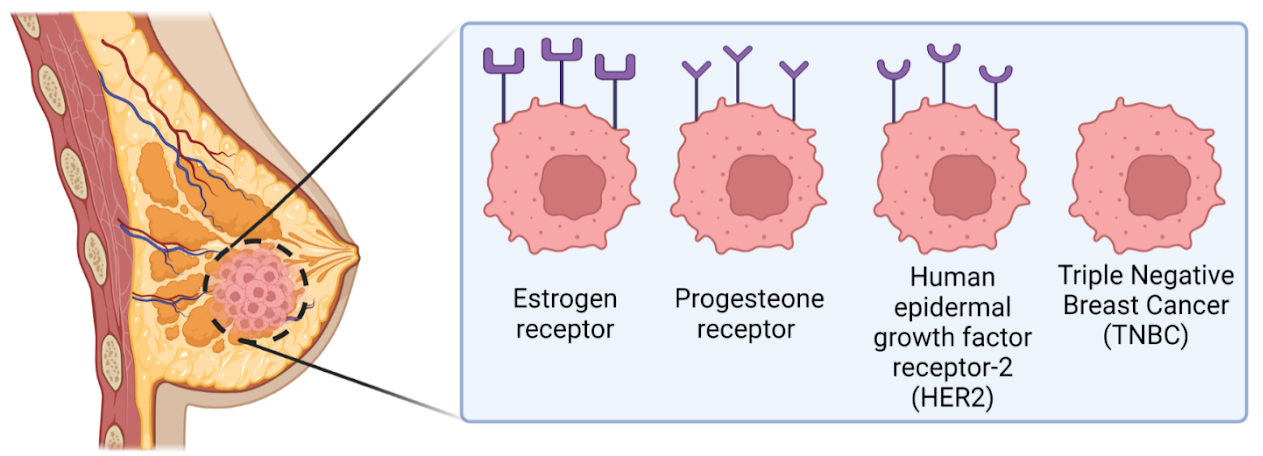
Figure 2. Breast cancer subtypes based on immunohistochemical classification.
Treatment Options
Through characterization of different breast cancers, clinicians can now tailor treatment plans suited for each case, and to achieve the best possible outcome. In the case of tumors expressing hormone receptors, drugs have been developed to block the hormones responsible for cancer growth. Hormone therapy such as Tamoxifen for ER/PR+, as well as Trastuzumab and Pertuzumab monoclonal antibodies for HER2+ tumors have revolutionized cancer therapy and increased chances of survival significantly [6]. However, what happens when there are no tumor receptors to target, such as in the case of TNBC? Often found to be the most aggressive breast cancer of all, and manifesting in younger patients, TNBC represents a great obstacle for therapy plans [7]. Without the option of targeted therapy, classical routes such as chemotherapy, radiotherapy, and surgery are still used for these patients. These options are often highly invasive, and have detrimental effects on a patient’s quality of life. More recently, immunotherapy, by which the immune system is boosted to recognize and destroy tumor cells, has shown promising efficacy for TNBC.
The continuation of research is crucial in answering some unresolved questions
Heterogeneity within the same subtype of breast cancer is also evident, creating further challenges. This, in part, explains why some patients respond differently to the same treatment, and why some patients go through recurrent episodes years down the line. There remains the problem of how to stratify these patients, even within the same subtype, and decipher not only the best treatment options, but to predict response [8].
Breast Cancer Research at QBRI aims at the identification of diagnostic and predictive biomarkers
QBRI’s Translational Cancer and Immunity Center (TCIC) includes several research groups with expertise spanning from genomics, biomarker discovery, mechanisms in cancer resistance, and cancer immunology. Together with strong collaborators within Qatar, the region, and internationally, the team is seeking to collect larger cohorts of patients from the region for more comprehensive research studies aiming at understanding the genetics of hereditary breast cancer and identification of novel diagnostic and prognostic biomarkers in sporadic breast cancer from the Arab region. The aim is to conduct multi-omics analysis on patient blood and tissue samples to highlight molecular changes occurring in the patient, and when compared to healthy control samples, researchers will hopefully be able to identify candidate biomarkers for further studies. After much computational and validation analysis, these biomarkers may present potential opportunities for diagnosis, prognosis and prediction of treatment response. Other areas of research focusing on tumor heterogeneity and the interplay between cancer cells and the immune system are also being explored at TCIC. Identifying ways in which immune cells can be taught to recognize cancer cells and kill the tumor provides promising prospects for cancer immunotherapy.
Remembering the bigger picture
In the end, cancer research has the same ultimate goal of providing a better quality of life and more hope to those that matter; our mothers, grandmothers, daughters, and aunts. Fighting breast cancer takes everyone, and sometimes we need to go back to basics, raise awareness, and remember those who have been through the fight, and continue to thrive.
Cancer, You Picked the Wrong Woman
Ms. Khadija Sarhan, a two-time cancer survivor, spoke to us about her story, and emphasized the importance of regular screening and participating in breast cancer research. Through her experiences, she has made it a priority to keep updated on the latest research. She also emphasized the importance of being open to participation in research efforts. “We hold onto hope, particularly for those of us who have a chance of reoccurrence, therefore I try to investigate and be aware of the latest in the field. Any research that I can be a part of, why not?”
Understandably, some women in our society may be reluctant to participate in such research initiatives. However, women such as Khajida and thousands of others are still able to tell their stories through their strength of character, and the willingness of other women who have been in their position, to participate in research and clinical trials. “Doctors and researchers in Qatar were with me every step of the way. I have great confidence in them and was treated from advanced stages [of breast cancer] under their care”
“My word is for all women, even under the age of 40, frequent self-examination is extremely important and following up with your doctor without delay. For all the women above 40, do not put it off at all. When you find something early, you can overcome it earlier”.
We are truly inspired by Khadija’s story, and her display of immense power and perseverance in the face of breast cancer. Fueled by her faith, acceptance, and the responsibility of those whom she loves, her regular screening and confidence in breast cancer caregivers and researchers has led her to where she is today.
Hope is stronger than fear. She believed she could so she did!
Section Contributors
Contributed by: Dr. Hibah Shaath (Research Associate, QBRI)
Arabic text validation: Rowaida Ziad Taha (Research Associate, QBRI)
Editors: Dr. Adviti Naik (Postdoctoral Researcher, QBRI), Dr. Prasanna Kolatkar (Senior Scientist, QBRI)
For references, please click here.
Related News





